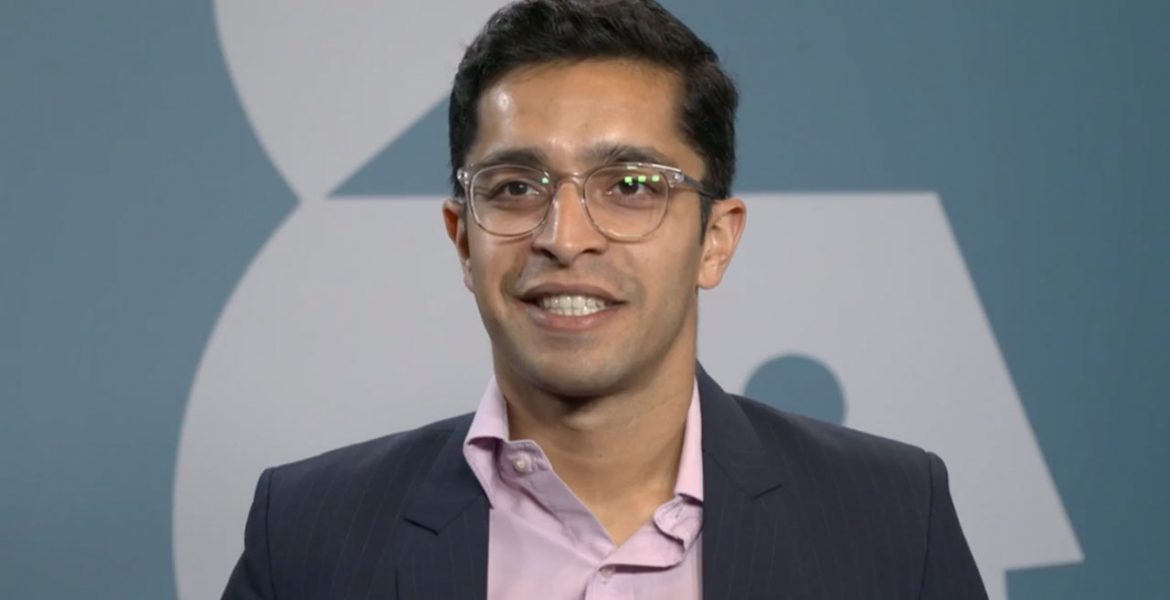For all the hype, machine learning is little more than a way a computer takes a set of existing data and looks for the patterns, in order to make a call as to the likely future outcomes based on new input.
That means the technology of the future will depend heavily on the outcomes of the past.
But the effect, nevertheless, could be to unlock big future growth. In this video interview with Beet.TV, Gaurav Shirole of 605 imagines a future in which the predictions are informed by a body of personal effects research.
“Our dream is to be able to tie that back to qualitative research so that, in the future, we have our attribution outcomes mapped to a focus groups that might involve neuroscience data collection on skin response or temperature, eye tracking, and all of those things,” says the SVP of product and client analytics.
“If you can build a really, really big data set of the performance of ads and then go further up the cycle of creative production, hopefully there’s a future – in the next three to five years – where you might even understand the brand effect or the sales effect of a storyboard, based on thousands and thousands of campaign outcomes that have been mapped through a variety of different processes.”
605 provides aggregate set-top box and automatic content recognition (ACR) from 21 million households.
It combines viewing data from:
- Charter Communications’ Spectrum cable subscribers.
- Inscape, the company taking actual viewing data from Vizio TVs using automatic content recognition (ACR).
The company was recently enlisted by Discovery Inc. to provide advertisers with outcome attribution for TV ads seen by 40 million households.
This video is part of a series of interviews conducted during Advertising Week New York, 2019. This series is co-production of Beet.TV and Advertising Week. The series is sponsored by Roundel, a Target company. Please see more videos from Advertising Week right here.

